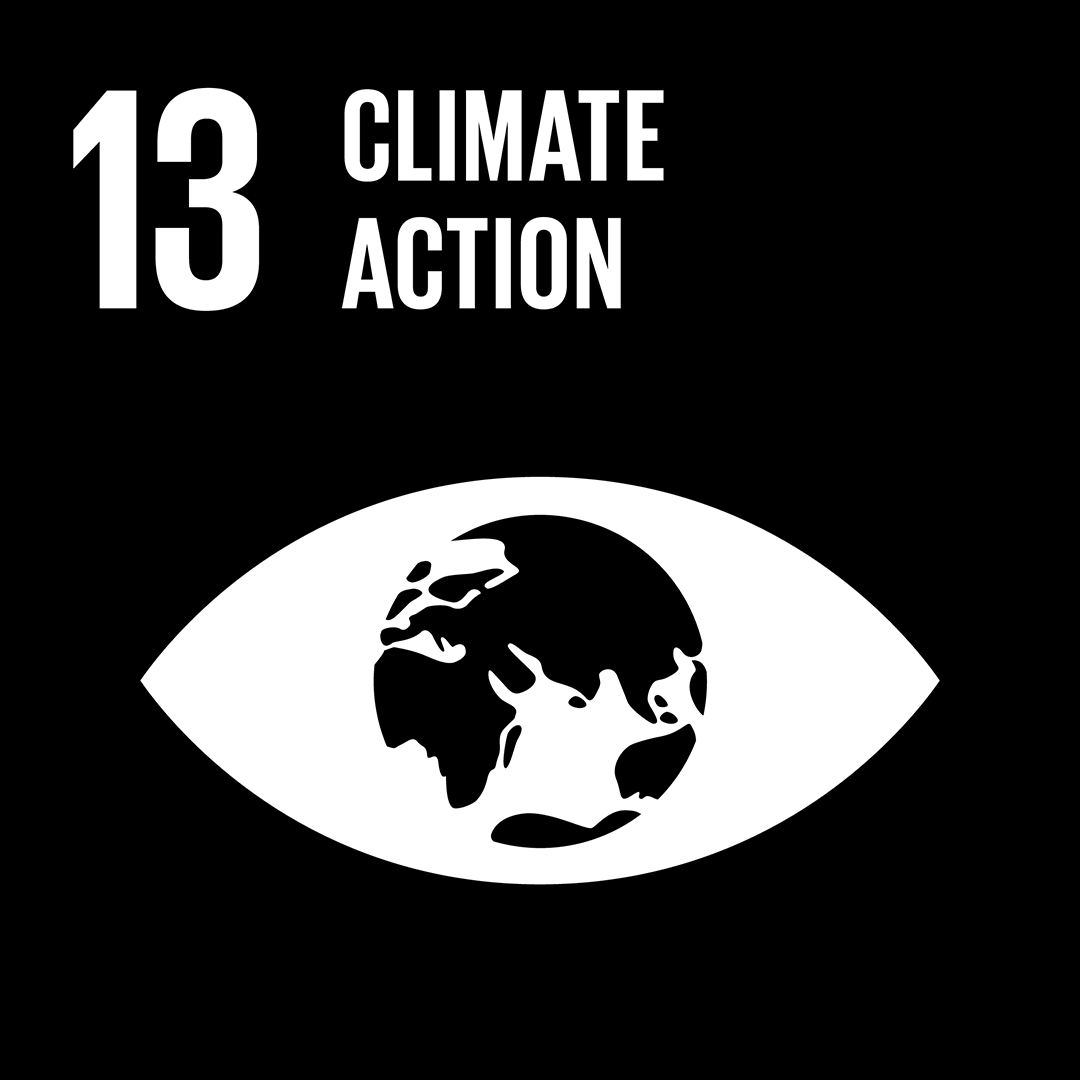CIMAM joins the Getting Climate Control Under Control Declaration

23 February 2023
CIMAM joins the Getting Climate Control Under Control Declaration, initiated by Tino Sehgal, ART 2030, and Ki Culture, to promote good museum practice that contributes to reducing carbon emissions from museums by 50% by 2030. The cultural sector can lead the transition to a more sustainable future, and the review of practices such as climate control in the museum and gallery exhibition spaces can significantly reduce the sector's negative environmental impact. Supporting this declaration was decided unanimously by the CIMAM Board.
This action is aligned with the goals of the United Nations Paris Agreement and rows in favor of achieving SDG 13 on Climate Action – in 6 years and 10 months.
Getting Climate Control Under Control
Sign the declaration
Getting Climate Control Under Control Declaration
"As the cultural sector, we acknowledge that the climate crisis is caused by human activities, including those of the art world. We recognize our own contributions and are committed to addressing our carbon footprint and unsustainable practices. As artists, directors, conservators, museum practitioners, cultural professionals, collectors, insurers, lawyers, and sustainability advocates, we are deeply concerned about the role of the cultural sector in this topic, particularly given our role as trusted institutions of learning and knowledge, as storytellers, and as purveyors of history and society. In addressing the climate crisis, we look to engage consciously by being transparent about our actions and actively reducing our own impacts so that we may continue to be effective advocates for change.
One of the most energy intensive aspects of the art and cultural world is climate control. Climate control can be responsible for 60% or more of the energy consumption of a museum or gallery! By changing climate control conditions, museums could save between 24% up to 82% on their energy consumption. And many museums are using conditions that are not tailored to their collections, consuming energy unnecessarily. It is clear that this is the most urgent practice to address to significantly lower the carbon footprint of the sector.
However, simply flipping the switch is unfortunately not that easy.
Climate control was implemented into the art and museum world as “best practice” in the 1960s, when guidelines were requested for conservation. Rigid temperature and relative humidity set points were implemented globally by museums, galleries, transportation companies and other stakeholders to prolong the life and condition of artworks and material objects.
Over the last 20 years, continued scientific research has shown that it is completely possible for museums to continue to preserve and protect their collections without rigid climate control. New guidelines have been developed promoting less stringent ranges and encouraging museums to adapt more bespoke settings based on their collections, historical conditions, and geographic location, amongst other criteria. Adaptation of these new practices could save millions - in money and in carbon.
However, many museums are still reluctant to change or feel unable to implement these new practices. Institutions may feel a pressure to keep rigid standards for the sake of professionalism or because they don’t want to be perceived as having low standards. Meanwhile, many loan agreements include strict and unnecessary requirements for borrowing objects, both from other institutions and from private collectors.
This all results in a vicious cycle. Museums can’t make changes individually, because they then will be excluded from international loans or their collections' care standards will be questioned. This is a sector-wide issue and needs a collective solution.
It is time for museums to work together towards securing the safe and sustainable future, considering our heritage, our art, and our planet.
Aligning with the targets of the United Nations Sustainable Development Goal No.13 ‘Climate Action’ and the Paris Agreement to uphold the world’s commitment to reduce our carbon emissions by 50% by 2030, we are hereby addressing the climate control and loan agreement situations at our individual institutions and within the cultural sector at large. We call for a change in loan agreement requirements so that climate control can be regulated more flexibly protecting both our heritage and our planet."
Declaration initiated by:
Tino Sehgal, ART 2030, and Ki Culture